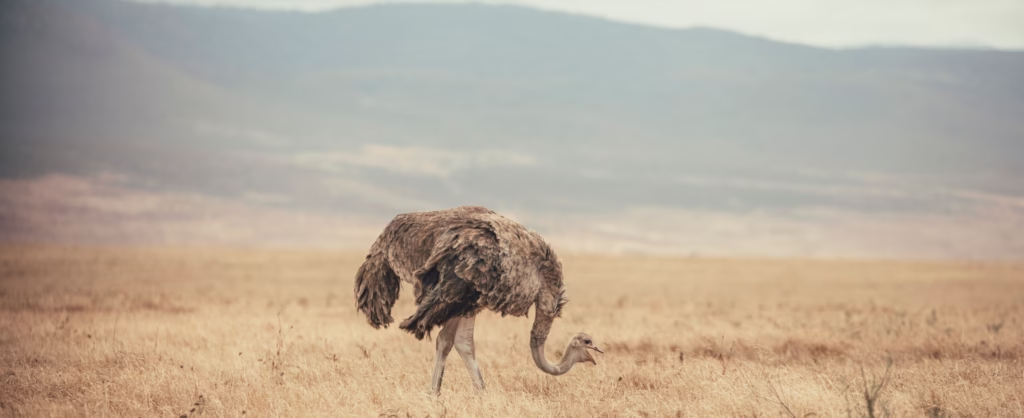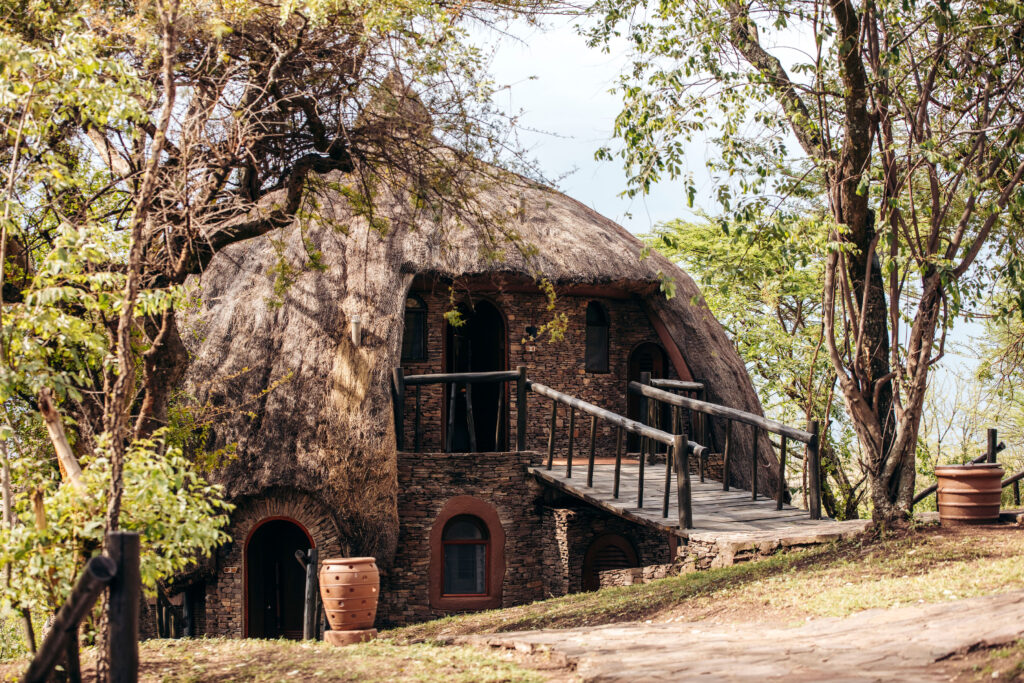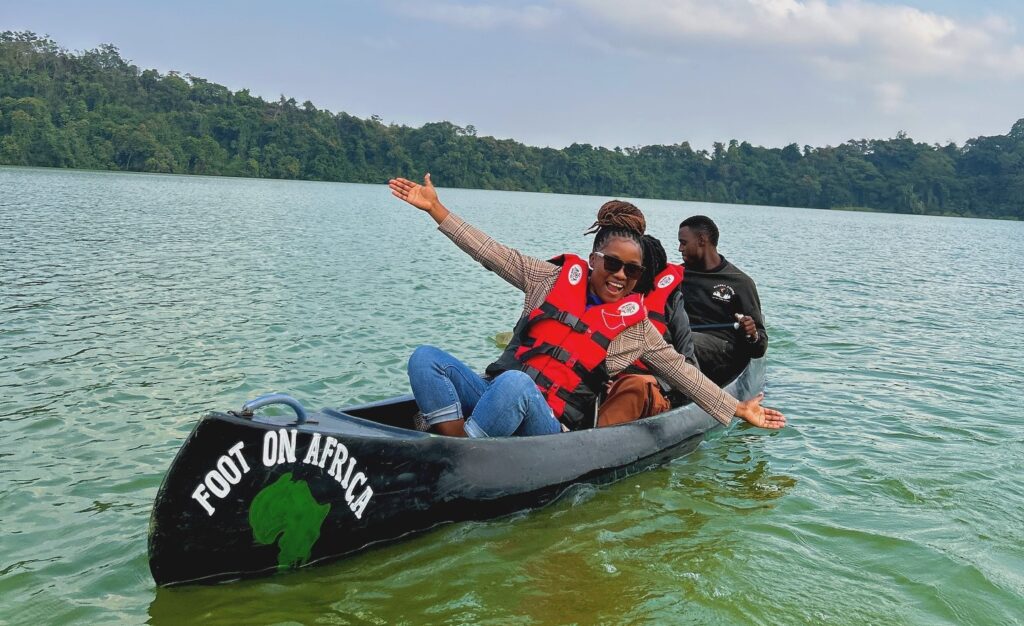How to Plan a Tanzania Safari
Introduction
Dreaming of a Tanzania safari? Tanzania is one of the best destinations in the world for an unforgettable wildlife experience. From the legendary Serengeti to the breathtaking Ngorongoro Crater, a safari in Tanzania promises epic encounters with the Big Five, vast landscapes, and a deep dive into nature’s wonders. But where do you begin? In this guide, we’ll walk you through everything you need to know about planning a Tanzania safari.
Why Choose Tanzania for a Safari?
Tanzania is home to some of Africa’s most famous national parks and reserves. The country offers:
The Great Wildebeest Migration – one of the world’s most spectacular wildlife events.
A high density of wildlife, including the Big Five (lion, leopard, elephant, rhino, buffalo).
Diverse landscapes – from savannas and crater highlands to lush forests and pristine beaches.
Cultural experiences – including visits to the Maasai and Hadzabe tribes.
Best Time to Visit Tanzania for a Safari
Dry Season vs. Wet Season
Dry Season (June – October): Best for wildlife viewing, as animals gather around water sources.
Wet Season (November – May): Lush landscapes, fewer tourists, and excellent birdwatching.
Best Months for the Great Migration
June – July: River crossings in the Serengeti.
December – March: Calving season in Ndutu, offering high predator action.

Types of Safaris in Tanzania
Private vs. Group Safaris: Private safaris offer flexibility, while group safaris are more budget-friendly.
Luxury vs. Budget Safaris: Choose between high-end lodges or budget camping.
Specialty Safaris: Walking safaris, hot air balloon safaris, and self-drive options.
Top Safari Destinations in Tanzania
Serengeti National Park
Famous for the Great Migration and incredible predator sightings.
Ngorongoro Crater
A UNESCO World Heritage Site with the highest concentration of wildlife per square kilometer.
Tarangire National Park
Known for large elephant herds and ancient baobab trees.
Lake Manyara National Park
Famous for tree-climbing lions and diverse birdlife.
Selous Game Reserve & Ruaha National Park
Less crowded, offering raw and untouched safari experiences.
How Long Should Your Safari Be?
For a fulfilling experience, plan at least 5–7 days to explore multiple parks.
Choosing the Right Safari Package
Consider:
Number of parks included
Accommodation type
Level of exclusivity
Extra activities (e.g., cultural visits, hot air balloon rides)
.

Safari Accommodation Options
Luxury Lodges – High-end comfort and all-inclusive services.
Tented Camps – A balance between comfort and nature immersion.
Budget Campsites – Affordable options for backpackers and adventure seekers.
Safari Costs & Budget Planning
Budget safaris: $150–$300 per day
Mid-range safaris: $300–$600 per day
Luxury safaris: $600–$2000+ per day
What to Pack for a Tanzania Safari?
Light, breathable clothing in neutral colors
Binoculars and a good camera
Sun protection (hat, sunglasses, sunscreen)
Comfortable walking shoes
Essential Travel Documents & Vaccinations
Visa: Most travelers need a tourist visa.
Vaccinations: Yellow fever (if arriving from an endemic country), malaria prophylaxis recommended.
Travel Insurance: Essential for medical emergencies and trip cancellations.
Booking a Safari: DIY vs. Tour Operator
DIY Safari: Possible but requires thorough planning.
Tour Operators: Offer convenience, local expertise, and customized itineraries.

Responsible & Sustainable Tourism Practices
Choose eco-friendly lodges.
Respect wildlife and local communities.
Avoid plastic waste.
Final Tips for an Unforgettable Safari
Book early for the best rates and availability.
Follow park rules to ensure safety.
Take time to enjoy the moment rather than just capturing photos.
Conclusion
A Tanzania safari is a bucket-list adventure filled with breathtaking wildlife encounters and cultural experiences. Whether you choose a luxury lodge or a budget camping trip, careful planning ensures you make the most of your journey
FAQs
1. How much does a Tanzania safari cost?
It depends on the type of safari, duration, and accommodation choice. Budget safaris start at around $150 per day, while luxury safaris can cost over $2000 per day.
2. Is Tanzania safe for tourists?
Yes, Tanzania is generally safe for tourists, especially in national parks. However, it's important to follow safety guidelines and travel with a reputable operator.
3. Do I need a visa to visit Tanzania?
Yes, most travelers require a tourist visa, which can be obtained online or on arrival.
4. What is the best safari route in Tanzania?
A classic route includes Serengeti, Ngorongoro, Tarangire, and Lake Manyara over 5–7 days.
5. Can I combine a safari with a Zanzibar trip?
Absolutely! Many travelers end their safari with a relaxing beach stay in Zanzibar.


